What's a Refractor Telescope?
-
BiGGie
- NightSky
- No Comments
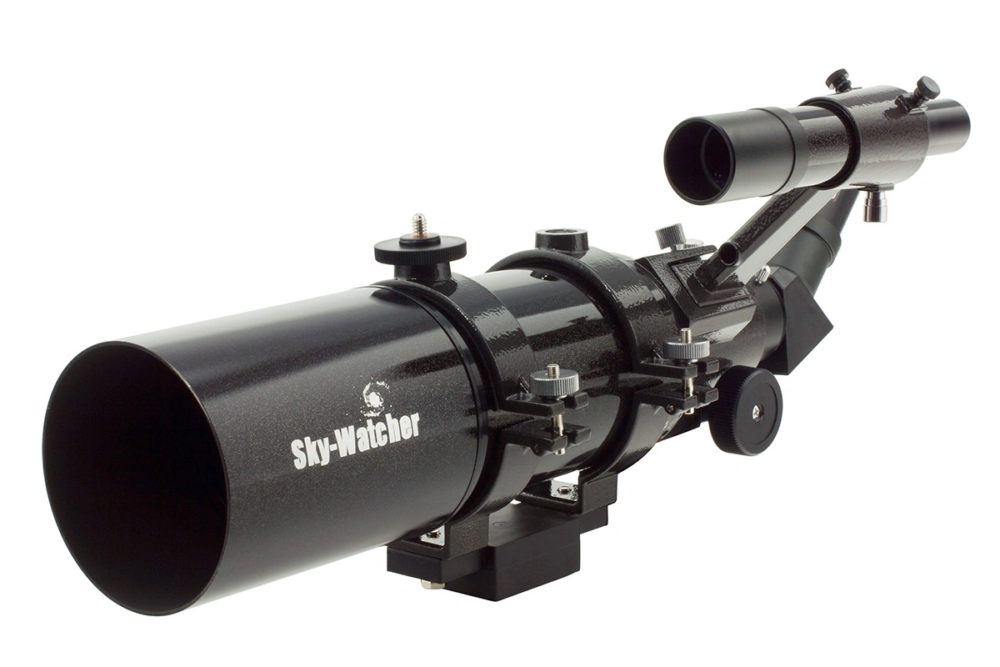
Table of Contents
What is a Refractor Telescope: Your Ultimate Guide to Crisp Celestial Views
When you picture a classic telescope – perhaps one Galileo Galilei might have peered through or a sleek instrument pointed towards the Moon – chances are you're thinking of a refractor telescope. It's the oldest type of optical telescope, tracing its lineage back over 400 years. But don't let its age fool you; modern refractors are sophisticated instruments capable of delivering stunningly sharp and high-contrast views of the cosmos. Whether you're a budding astronomer or a seasoned stargazer, understanding the refractor telescope is key to appreciating its unique place in the world of astronomy. This guide will delve into exactly what a refractor telescope is, explore how a refractor telescope works, examine its different types, discuss its strengths and weaknesses, and help you decide if it's the right window to the universe for you.
How Does a Refractor Telescope Work? The Science of Bending Light
At its core, the telescope with the lens operates on a simple, elegant principle: refraction, or the bending of light. It uses a lens, known as the objective lens, as its primary light-gathering element. Think of it like a sophisticated magnifying glass designed to capture faint light from distant celestial objects and bring it into focus for your eye. Understanding how a refractor telescope works involves looking at the journey light takes through the instrument. This elegant design is fundamental to the high-contrast views a refractor telescope can provide.
The Objective Lens: The Gateway for Starlight
Located at the front end of the telescope tube, the objective lens is the heart of a refractor telescope. Its primary job is to collect as much light as possible from the target object (like a planet, star, or nebula) and bend, or refract, those light rays so they converge towards a single point. The larger the diameter (aperture) of the objective lens, the more light it can gather, resulting in brighter images and the ability to see fainter objects. Just like a magnifying glass can focus sunlight to a point, the objective lens carefully focuses the much fainter light from space.
The Focal Point and Focal Length
As the light rays pass through the objective lens of the refractor telescope, they are bent inwards until they meet at a specific spot inside the telescope tube called the focal point. This is where a small, inverted image of the distant object is formed. The distance from the objective lens to the focal point is called the focal length. This characteristic is crucial – a longer focal length generally provides higher potential magnification and narrower fields of view, often preferred for planetary viewing, while shorter focal lengths offer wider fields of view, beneficial for observing larger star clusters or nebulae. The focal length is a key specification for any refractor telescope.
The Eyepiece: Magnifying the Image
The image formed at the focal point by the objective lens is typically very small. To see it clearly, another lens or set of lenses is needed: the eyepiece. You insert the eyepiece into the focuser at the back end of the refractor telescope. Its job is to take the small, focused image and magnify it, presenting a larger version to your eye. Most telescopes allow you to swap out eyepieces with different focal lengths; shorter focal length eyepieces provide higher magnification, while longer ones offer lower magnification and wider views. This versatility allows you to tailor the view provided by your refractor telescope to the specific object you're observing.
Refractor Telescope Optics: Understanding the Glass
While the basic principle is simple, the quality of the view through a refractor telescope heavily depends on the design and quality of its objective lens. Early single-lens refractors suffered significantly from an optical imperfection inherent in simple lenses. The goal of modern refractor telescope design is to minimize these imperfections for the clearest possible image.
The Challenge of Chromatic Aberration
Light, as we see it, is made up of different colors, each corresponding to a different wavelength. When white light passes through a simple lens, these different wavelengths bend at slightly different angles. This phenomenon, called chromatic aberration, causes the colors to separate and focus at slightly different points. In a basic refractor telescope, this results in a noticeable color fringing, often seen as a purplish or bluish halo around bright objects like the Moon, planets, or bright stars. This artifact can reduce image sharpness and contrast, which is why lens design in a quality refractor telescope is so critical.
Achromatic vs. Apochromatic Refractor: Controlling Color
To combat chromatic aberration, refractor telescope designers developed multi-element objective lenses. The two main types you'll encounter are achromatic and apochromatic.
Achromatic Refractors (Achro)
An achromatic lens typically uses two glass elements (a doublet) made from different types of glass, commonly crown and flint glass. This design significantly reduces chromatic aberration by bringing two widely separated colors (usually red and blue) to the same focal point. Achromatic refractor telescope models offer good performance, especially at longer focal ratios (f/8 or higher), and are considerably more affordable than their more complex cousins. While much improved over single lenses, some residual color error, often a faint violet halo around very bright objects, can still be present. They represent a great entry point into the world of the refractor telescope.
Apochromatic Refractors (APO)
Apochromatic refractors represent the pinnacle of refractor telescope optical design. They typically use three (triplet) or sometimes even four or more lens elements. Critically, at least one of these elements is made from exotic, high-performance glass types like ED (Extra-low Dispersion) or Fluorite. This sophisticated design allows APOs to bring three or more wavelengths of light (e.g., red, green, and blue) to a single, sharp focal point. The result is a near-perfect elimination of chromatic aberration, leading to exceptionally sharp, high-contrast images with virtually no false color. This makes APO refractor telescope models highly sought after, especially for demanding visual observation and astrophotography, though their complexity and special materials mean they come at a significantly higher price point.
Telescope Lens vs. Mirror: How Refractors Compare
The refractor telescope, using lenses, is one of the two major types of optical telescopes. The other is the reflector telescope, which uses mirrors to gather and focus light. Understanding the fundamental differences helps contextualize the refractor's unique characteristics. A key aspect influencing performance is how a refractor works via lenses compared to a reflector's mirrors.
The Refractor Advantage: Contrast and Sharpness
One of the defining features of these telescopes is its unobstructed light path. Light travels directly from the objective lens to the focal point without anything blocking it. Reflectors, on the other hand, typically have a secondary mirror in the light path to redirect the focus, which slightly reduces contrast and introduces diffraction effects (like spikes on bright stars). The refractor's clear aperture results in inherently higher contrast images, making them excel at revealing fine details on the Moon and planets. Furthermore, the sealed tube of most refractor telescope designs protects the optics from dust and reduces internal air currents that can distort images, contributing to sharper views and lower maintenance needs (no mirror cleaning or collimation usually required).
Considerations: Aperture and Cost
While offering superb image quality, the refractor telescope faces challenges regarding aperture size and cost. Manufacturing large, perfect objective lenses is technically difficult and expensive. As the aperture increases, the cost of a refractor telescope, especially an APO, rises dramatically – much faster than for reflector telescopes of equivalent aperture. Consequently, most affordable refractors have smaller apertures (typically 60mm to 100mm), while larger refractors (130mm and above) become premium instruments. Reflectors generally offer much more light-gathering power (aperture) for the same amount of money.
Stargazing Adventures with a Refractor Telescope
So, what celestial wonders can you explore with a refractor telescope? Their specific strengths make them ideal for certain types of observing. Knowing how does a refractor telescope work helps predict its best targets.
Lunar and Planetary Excellence
This is where the refractor telescope truly shines. Its high contrast and sharpness are perfectly suited for resolving intricate details on the Moon's surface – countless craters, mountains, and maria (dark plains). When pointed at planets, a good refractor telescope can reveal Jupiter's cloud belts, its Great Red Spot, and its four Galilean moons; the stunning rings of Saturn and perhaps the Cassini Division within them; the phases of Venus; and dusky surface features or polar caps on Mars during favorable oppositions. Even small refractors can provide breathtaking planetary views.
Double Stars and Bright Deep-Sky Objects
The sharp, pinpoint star images produced by a refractor telescope make it excellent for splitting close binary or multiple star systems – a rewarding challenge for visual observers. While their typically smaller apertures limit their reach into the realm of faint deep-sky objects compared to larger reflectors, refractors can still provide pleasing views of brighter star clusters (like the Pleiades or globular clusters like M13), brighter nebulae (such as the Orion Nebula), and some brighter galaxies like Andromeda (M31), especially under dark skies. A quality refractor telescope delivers aesthetically pleasing views of these targets.
Portability and Ease of Use
Many refractor telescope models, particularly achromatic ones in the 70mm to 100mm range, are relatively compact and lightweight. This makes them fantastic "grab-and-go" instruments that you can set up quickly in your backyard for spontaneous observing sessions. Their sealed tubes mean they require virtually no maintenance beyond keeping the outer lens surface clean, and they don't need collimation (optical alignment) like reflectors often do. This simplicity makes the refractor telescope very user-friendly, especially for beginners or those who value convenience.
Is a Refractor Telescope Your Best Choice for Astrophotography?
The refractor telescope has become incredibly popular for astrophotography, particularly certain types. Its suitability, however, heavily depends on the specific design.
Why Apochromatic Refractors Shine for Imaging
Apochromatic (APO) refractor telescope models are widely considered among the best instruments for capturing stunning deep-sky images. Their superior color correction ensures that stars are recorded as sharp, pinpoint dots without distracting colorful halos. The clean, unobstructed aperture means stars don't have diffraction spikes (the cross-like pattern seen in images from many reflectors), leading to very aesthetically pleasing results. Their typically shorter focal lengths (often in the f/5 to f/7 range) provide wider fields of view, ideal for capturing large nebulae or galaxies, and are photographically "faster," requiring shorter exposure times compared to longer focal length scopes. For serious imagers, an APO refractor telescope is often the gold standard.
Essential Gear for Refractor Astrophotography
While an APO refractor telescope provides the optical foundation, successful astrophotography requires more. A high-quality, stable equatorial mount capable of precisely tracking the sky's rotation is absolutely essential to avoid star trails during long exposures. Depending on the specific refractor telescope and camera sensor size, a field flattener may be needed to ensure sharp stars across the entire photographic frame, not just in the center. Sometimes, a focal reducer is used to shorten the effective focal length, providing a wider field of view and faster imaging speeds. Choosing the right accessories is key to unlocking the imaging potential of your refractor telescope.
Pros and Cons of Refractor Telescopes: A Quick Summary
The Upsides
- High Contrast & Sharpness: Unobstructed light path yields crisp, detailed views, especially on bright objects.
- Low Maintenance: Sealed tube protects optics from dust and atmospheric effects.
- No Collimation: Optical elements are generally fixed, requiring no user alignment.
- Excellent Lunar/Planetary Views: Ideal for resolving fine surface details.
- Superb Astrophotography Platform (APOs): Pinpoint stars, great color correction, no diffraction spikes.
- User-Friendly & Portable (Smaller Sizes): Often lightweight, quick to set up, and easy to use.
The Downsides
- Chromatic Aberration: Present in simpler achromatic models, can affect views of bright objects.
- High Cost Per Aperture: Especially for APOs, refractors are significantly more expensive than reflectors of the same size.
- Smaller Apertures Common: Large refractors are very costly and bulky.
- Potential for Dew: The objective lens is exposed and can dew up on damp nights (dew shields help).
- Length/Weight: Larger aperture refractors can become long and heavy, requiring substantial mounts. Understanding these trade-offs is crucial when considering a refractor telescope.
Conclusion: The Enduring Appeal of the Refractor Telescope
With its classic design and lens-based optics, the refractors holds a special place in astronomy. Understanding how the light-gathering and image-magnifying-with-an-eyepiece happens will reveal why these lens-holding telescopes excel at delivering sharp, high-contrast views, particularly of the Moon, planets, and double stars. While achromatic models offer great value and ease of use, apochromatic (APO) refractors provide near-perfect color correction, making them premier instruments for both visual observation and demanding astrophotography. Despite the higher cost per inch of aperture compared to reflectors, the refractor telescope offers unique advantages in image quality, portability (in smaller sizes), and user-friendliness that continue to make it a popular and highly rewarding choice for many amateur astronomers. Its legacy is not just historical; it's vibrantly alive in the stunning views it provides nightly across the globe.
Frequently Asked Questions (FAQ) about Refractor Telescopes
Q1: What is the main difference between a refractor and a reflector telescope?
A refractor telescope uses a lens (the objective lens) at the front to bend light and bring it to a focus. A reflector telescope uses a large curved mirror (the primary mirror) at the back to reflect light and focus it, often using a smaller secondary mirror to direct the light to the eyepiece.
Q2: Are refractor telescopes good for beginners?
Yes, smaller achromatic refractor telescope models are often excellent for beginners. They are generally easy to use, require minimal maintenance (no collimation), are portable, and provide great views of the Moon and planets right out of the box. The main consideration is getting sufficient aperture for your budget.
Q3: Can you see deep-sky objects like galaxies and nebulae with a refractor telescope?
Yes, you can see brighter, deep-sky objects with a refractor telescope. Brighter star clusters (like the Pleiades), nebulae (like Orion), and galaxies (like Andromeda) are visible. However, since refractors typically have smaller apertures for a given price compared to reflectors, they gather less light, making fain,t deep-sky objects more challenging to observe, especially from light-polluted areas. Larger aperture APOs perform better on these targets.
Q4: Why are Apochromatic (APO) refractor telescopes so much more expensive?
APO refractor telescope models are expensive due to their complex objective lens design (often 3 or more elements) and the use of specialized, costly materials like ED (Extra-low Dispersion) or Fluorite glass. Manufacturing these multi-element lenses to the required precision for near-perfect color correction is a demanding and expensive process.
Q5: How does a refractor telescope work in terms of maintenance?
A refractor telescope generally requires very little maintenance. The sealed optical tube protects the internal lens surfaces from dust and degradation. Unlike reflectors, they do not require collimation (periodic alignment of the optics). Maintenance usually involves occasional cleaning of the exterior of the objective lens if it gets dusty or smudged and proper storage. Understanding how a refractor telescope works mechanically highlights its low-maintenance nature.
Q6: Is a refractor telescope better than a reflector?
Neither is universally "better"; they excel in different areas. A refractor telescope typically offers higher contrast, sharper views per inch of aperture (especially APOs), requires less maintenance, and APOs are often preferred for astrophotography. Reflectors generally offer significantly more light-gathering aperture for the same price, making them better suited for observing faint, deep-sky objects. The "best" telescope depends on your budget, primary observing targets, and portability needs.
-
-
Celestron StarSense Explorer LT 114AZ Reflector Telescope
AED 790.00Rated 0 out of 5AED 1,005.00Add to cart
-



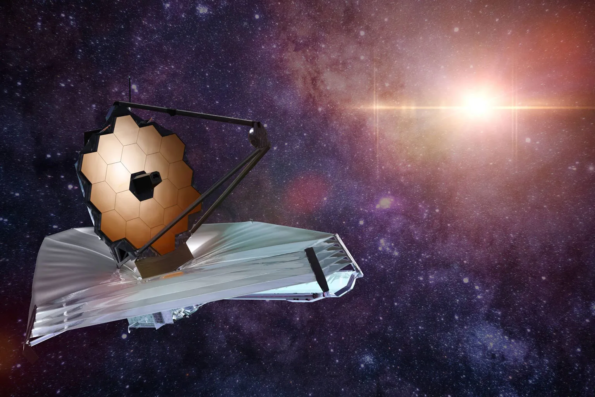
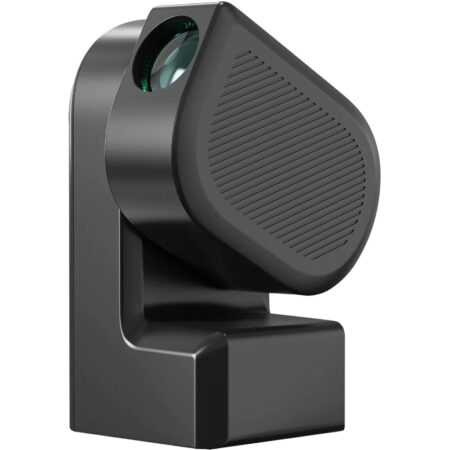
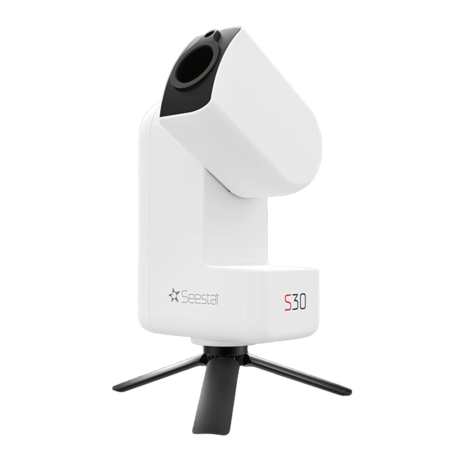
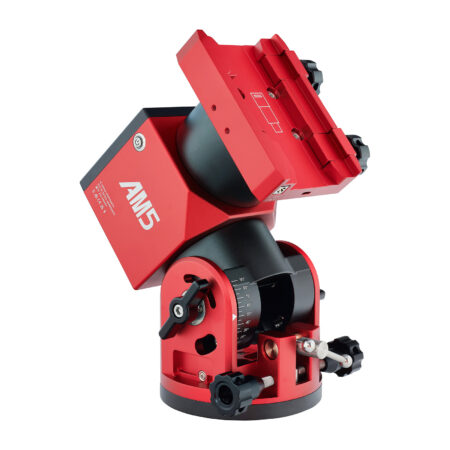
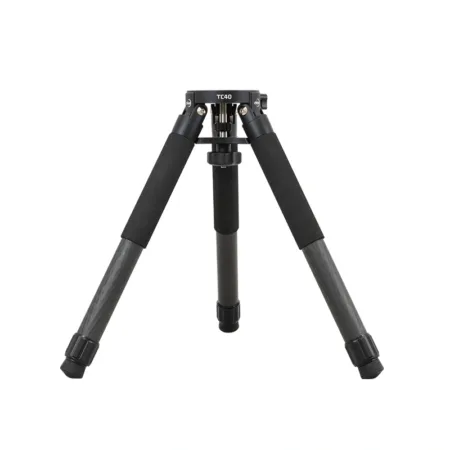
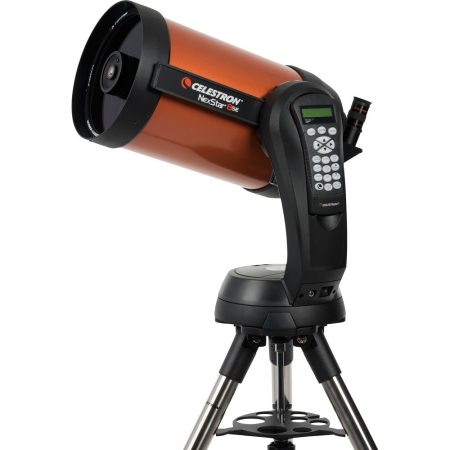
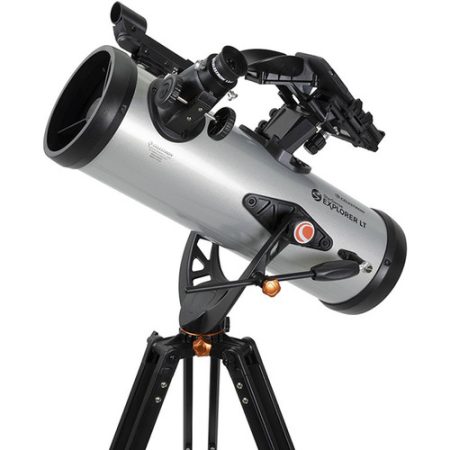
No Comments